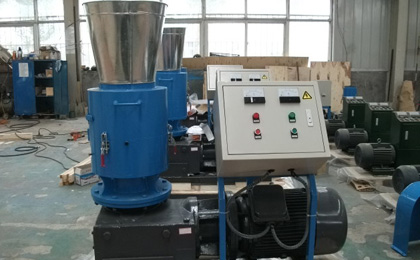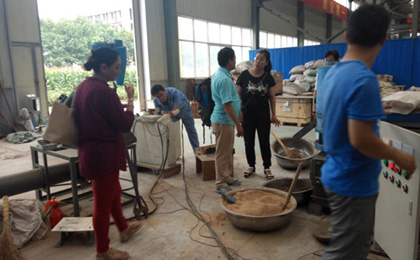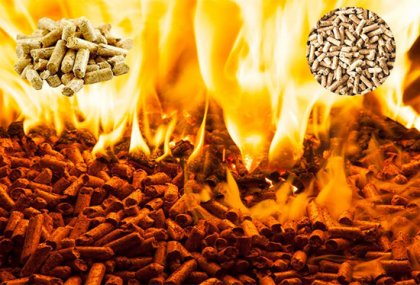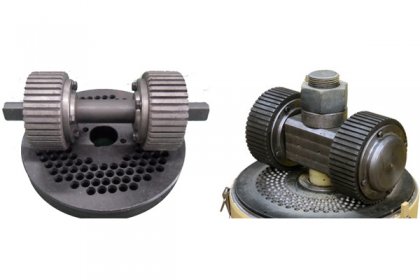Nowadays, with the development of science and technology, and the more and more serious environmental problem, biomass pellets are more and more popular all over the world, especially in America, Canada and many European countries. But what is the calorific value of biomass pellets? What’s the highest number they can achieve? How to produce biomass pellets used to be as biofuels, and what’s the characteristic and application? Let’s have a discuss here.
How to produce biomass pellets with pellet machines?
It is known to everyone, biomass pellets are newly environmental protection fuels, with the help of professional pellet machines, through the procedures of crushing, smashing, drying, pelletizing, screening, cooling, packing and so on, finally the raw materials, mainly refer to agricultural wastes and some other wastes, are pressed into cylindrical products, we call biomass pellets, which have high calorific value and can be burned sufficiently. So it is such a renewable energy source that is clean and with low carbon. As the main fuel of some biomass combustion engines and biomass boilers, biomass pellets have long burning time, and can make the chamber keep the high temperature, what’s more, it is economical but high efficiency, and no pollution to the environment. So biomass pellets are the great alternative of fossil fuels to be burned to protect the environment.
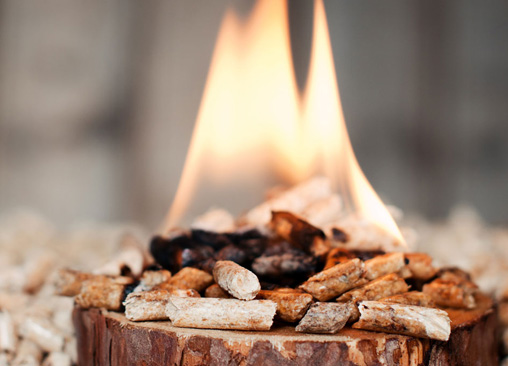
Characteristics of biomass pellets as biofuels
Green energy resource, environmental friendly, when burning the biomass pellets, there is no ash, no smoke and no smell, so it’s clean and environmentally friendly. The content of sulphur, ash and nitrogen is much lower compared with the coal, oil and natural gas, and biomass pellets don’t release carbon dioxide, have the good reputation of “green coal” because of the environment protection and clean energy.
The invest and cost is low, but with high return. It is far lower on the cost of the biomass pellets than the natural gas, is the clean energy alternative oil initiated by the government. So there is great potential in the future.
It is convenient to transport and save the biomass pellets because of the high density, the shaped biomass pellets has small volume and large proportion, high density, convenient to transport, storage and continuous use.
High efficiency and energy saving, the calorific value of 2.5-3 kg wood pellets is equal to 1 kg diesel fuel, but the cost is less than half of the diesel fuel. And the burnout rate can reach more than 98%.
The application is wide, the biomass pellets can be widely used in industrial and agricultural production, power generation, heating and burning boiler, cooking and family.
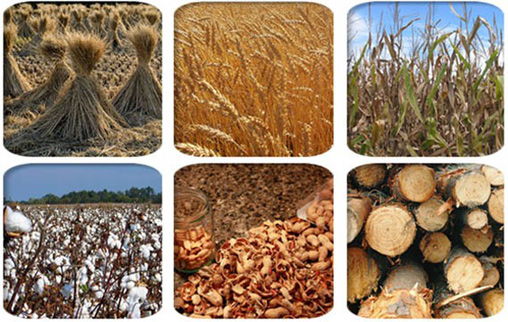
What’s the calorific value of biomass pellets?
Here are some figures of biomass pellets made by common raw materials.
- Biomass pellets made by all kinds of pine (Korean pine, spurce, mongolian scotch pine etc.), hard wood (Chinese oak, catalpa wood, elm etc. ) is about 4500 kilocalorie/ kg.
- Pellets of soft wood (cotton wood, cedarwood, birch etc ), 4300 kilocalorie/kg.
- Straw pellets, 3000-3800 kilocalorie/kg.
- Bean poles, cotton stalk, peanut shells, 3800 kilocalorie/kg.
- Corn stalk, rape stem, 3700 kilocalorie/kg.
- Wheat-straw, 3500 kilocalorie/kg.
- The potato straw, 3400 kilocalorie/kg.
- So different raw materials can make biomass pellets with different calorific value, you can choose the most suitable raw materials according to your real requires.


